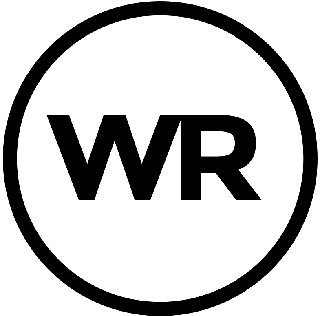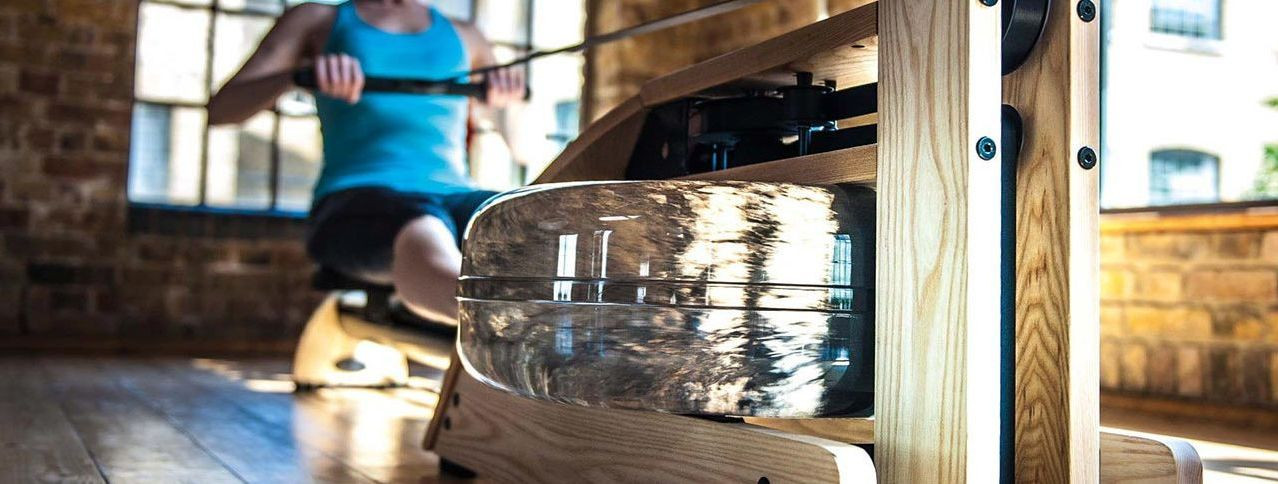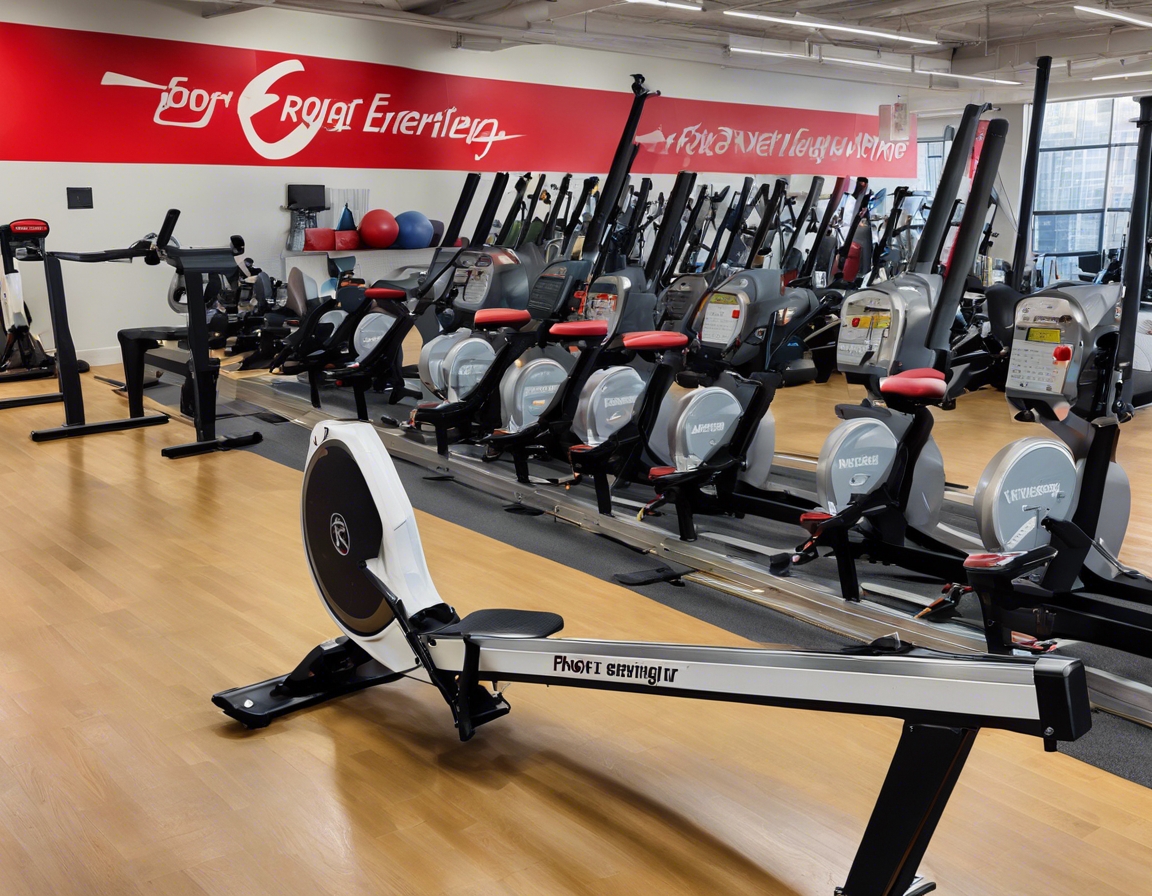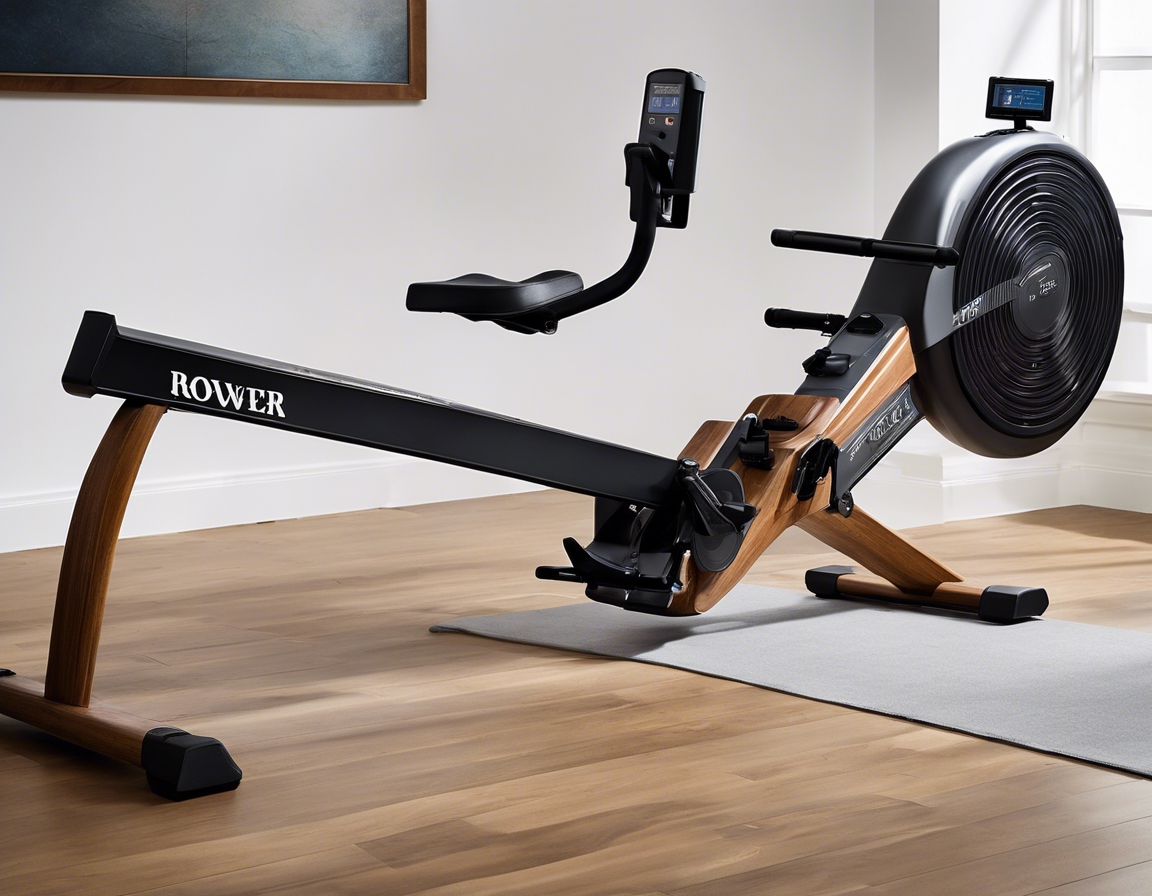How to maintain your rowing machine for longevity
Rowing machines are a fantastic way to get a full-body workout, but like any piece of fitness equipment, they require regular maintenance to ensure they remain in top condition. This guide will walk you through the essential steps to maintain your rowing machine for longevity, helping you get the most out of your investment.
Understanding Your Rowing Machine
There are several types of rowing machines, including air, magnetic, hydraulic, and water rowers. Each type has unique maintenance needs that should be understood for proper care.
Key components such as the seat, handle, foot straps, and the resistance mechanism should be regularly checked for signs of wear and tear.
Regular Maintenance Schedule
After each use, wipe down the machine to remove sweat and moisture. Inspect for loose screws or parts and ensure the foot straps are intact.
Check all moving parts for smooth operation. Vacuum around the machine to prevent dust buildup, which can affect the machine's mechanics.
Deep clean the machine, focusing on the seat rails and resistance mechanism. Check for any unusual noises or resistance changes during use.
Even with diligent maintenance, it's wise to have a professional inspect your rowing machine annually to catch any issues you may have missed.
Cleaning Your Rowing Machine
Use a soft cloth and gentle, non-abrasive cleaners to protect your machine's surfaces. Avoid harsh chemicals that can damage the equipment.
Begin with the seat rails, wiping away any debris. Clean the foot pads and straps, and finish by wiping down the handle and display console.
Lubrication and Tightening
Refer to your machine's manual for specific lubrication points and recommended lubricants. Generally, the chain or strap and any pivot points should be lubricated monthly.
Regularly check and tighten any bolts or screws, as vibration from use can cause them to loosen over time.
Storage and Usage Tips
Store your rowing machine in a clean, dry area. If possible, fold or disassemble it to save space and protect its parts.
Using your rowing machine correctly not only ensures a better workout but also reduces strain on its components. Follow the manufacturer's guidelines for proper form and resistance settings.
Troubleshooting Common Issues
Be attentive to changes in the machine's performance. Early detection of issues can prevent more significant problems down the line.
Some issues, like tightening a loose screw, can be easily fixed at home. However, if you encounter resistance mechanism or electronic problems, it's best to consult a professional.






Comments (0)